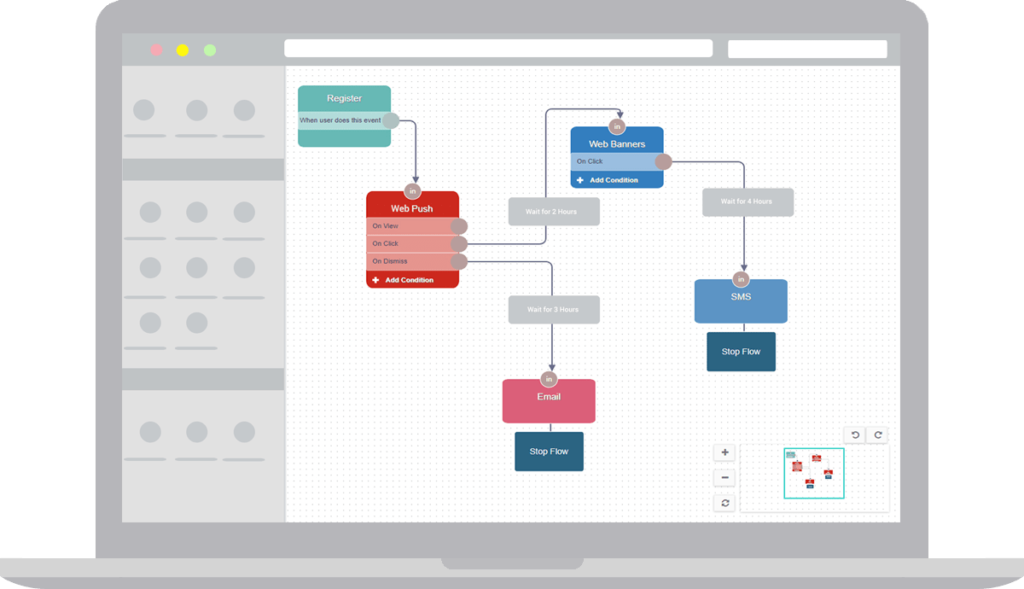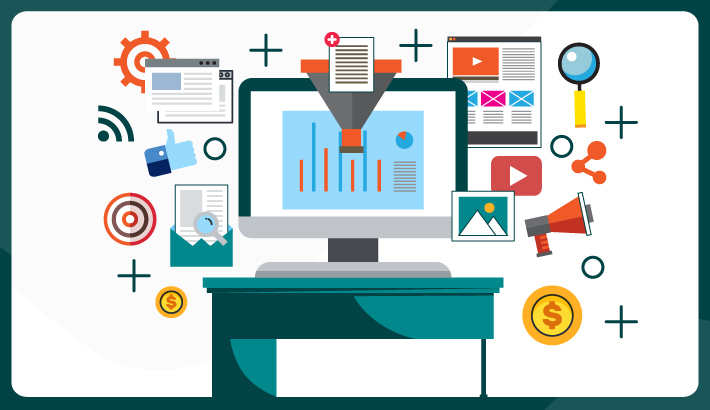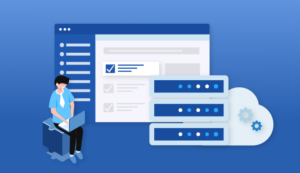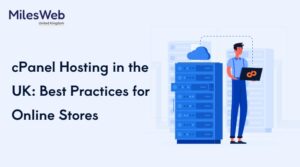Usually, whenever we talk about micro conversion in the eCommerce vertical, we primarily concentrate on the sales generated. Making more sales is the prime goal for eCommerce businesses, and it happens when you successfully convert your visitors into buyers.
Smaller goals always lead to the primary goal of purchase. According to the conversion experts, these small goals are micro-conversions.
Micro conversions are just like low-hanging fruits, actions that direct visitors to the end goal: macro conversions.
In this blog, we will be focusing on improving micro conversions and how this improvement can reshape online stores’ overall conversion.
What Are Micro Conversions and Macro Conversions?

Micro conversions are actions that lead your customers towards the bigger goal, that is, macro conversion.
A Macro Conversion is an action or a set of actions, which presents a strong indication that a user is advancing towards a practical action on your website. For example, if you are an eCommerce brand, a new user enrollment would be called a micro-conversion.
Common micro-conversions might be:
- A newsletter signup
- Adding products to a cart
- Downloading an eBook or white paper
- Subscription to RSS feed
- Visiting specific pages, for example, the product page, category page, features page, and so on
What is the Importance of a Micro Conversion
On websites with limited traffic, micro conversions are precious because they are much more common than macro conversions. Even so, micro-conversion campaigns and AB testing have to operate for months to collect sufficient data to be statistically relevant – measurable.
All micro-conversions should have two important things in common,
- They increase your understanding of your customer in some way or another.
- They all should add value, and incentivize the continued movement down the conversion funnel.
How should Micro Conversions be measured?
- Newsletter subscriptions
- Learning Material downloads (ebook pdf)
- Milestones reached
- Contact form used
- Feedback forms completed.
- Article comments
- Video Views
- Adding a product to the shopping cart
- Social Shares
- Cart abandonment
Every activity secondary to the Macro Conversion (purchase action) is a micro-conversion and should be tracked to learn from group data accumulation to spot trends.
The greatest insights are always gained by combining and comparing data sets. Google analytics allows the tracking of micro-conversions through Events and Smart goals. Any micro-conversion can be tracked using smart goals and then by operating a conversion rate report.
Micro conversions empower you to:-
- Identify bottlenecks in your conversion funnels, which in turn aids you in providing a solution.
- Because Micro conversions permit the tracking of visitors down the conversion funnel from stage to stage, this allows you to retarget them at a specific stage with OptiMonk.
- Micro conversions strengthen trust; if micro conversions are completed, then the visitor is more likely to switch on a macro conversion. The likelihood of this continually improves the further down the conversion funnel traveled. Some visitors need more convincing than others.
- Micro conversions allow the collection of permission from users; GDPR is important.
- Micro conversions present another way to measure interest in what you offer.
- Micro conversions allow the targeting of stages of the buying cycle, test new products, etc.
- Micro conversions are simpler to track than sales for websites with little traffic.
- Micro conversions allow the identification of new markets, new content paths, and personas.
- Micro conversion lets you test AB use choice architecture, value proposition, and CTA.
- By tracking micro-conversions, especially social interactions, you can see which social communication channels are the most effective.
- Micro conversions enable you to promote your product or service via customer feedback forms.
Micro Conversions and Conversion Funnels:
1. Use Decision Trees
Deciding what micro conversions to apply at any particular point is dependent on how far down the conversion funnel you think you need to target people and what information you need about them. If you can’t get the information indirectly, you must ask them and tell them by giving them a choice – a decision to make. Here, decision trees are valuable for developing conversion funnels and determining what micro conversions and which architecture you need to use.
2. Breaking Points
If you believe you are missing visitors at a particular time and place during your web experience, between one conversion funnel stage and another, this would be a high time to negotiate with an exit-intent feedback form. At this very moment, the form is important to their decision-making (choice to leave), and therefore they are more likely to finish it. Here it is necessary to ask the right questions relevant to the visitor at that precise moment.
You can also follow up their feedback form submission with a proper thankyou offer, possibly relating to support. Again here you are, developing trust.
Besides, or create a proper and specific offer to the stage within the conversion funnel. If eCommerce, then employ a precise offer that targets their specific interests. Don’t forget, even if you don’t benefit much from the first item sold, once they are a customer, then they are far more likely to be a customer again (repeat business). AB tests different offers to find what works for you.
The secret to the conversion funnel idea is to know that your visitors’ opinions will evolve as you communicate and learn more about them.
Micro Conversions Tips – The secret of building effective conversion funnels
- Keep the customer journey connected to the persona (interest group – content viewed, source, age group, etc.) – it’s easy to sail off-topic. Make sure your content ticks all the boxes and meets consumers’ demands. Outline your micro-conversions to move your customers down the conversion funnel. To do this, each micro-conversion must meet a consumer group (persona) need. Use a decision tree to make a more personalized conversion funnel.
- When building micro conversion points, be sure to apply choice architecture to place your conversion point in the right context and in the best possible light.
- Make sure your offer is valuable to the audience.
- Ensure customers understand what to do next and ensure they perceive the value of what you offer (macro conversion). You are upselling to the next micro-conversion or/and macro conversion point at every opportunity.
- Leverage sharing, make social media sharing simple for visitors; if shared, your micro-conversion point could well jump-start the journey for other visitors.
3. Conversion Funnel Tools.

Simple CMS and eCommerce platforms do not present the ability to precisely target visitors with micro conversion points. It is not in a way that is easy to implement choice architecture too, is measurable and via AB testing, not in their own right.
Conclusion
A customer’s journey is far from linear. When you bifurcate the customer journey into different micro-goals, you can enhance each aspect separately and indirectly enhance your bigger goals.
Micro conversions can and should perform a vital role in your marketing efforts. These help you follow the effort and effectiveness of each marketing channel that you are utilizing.





